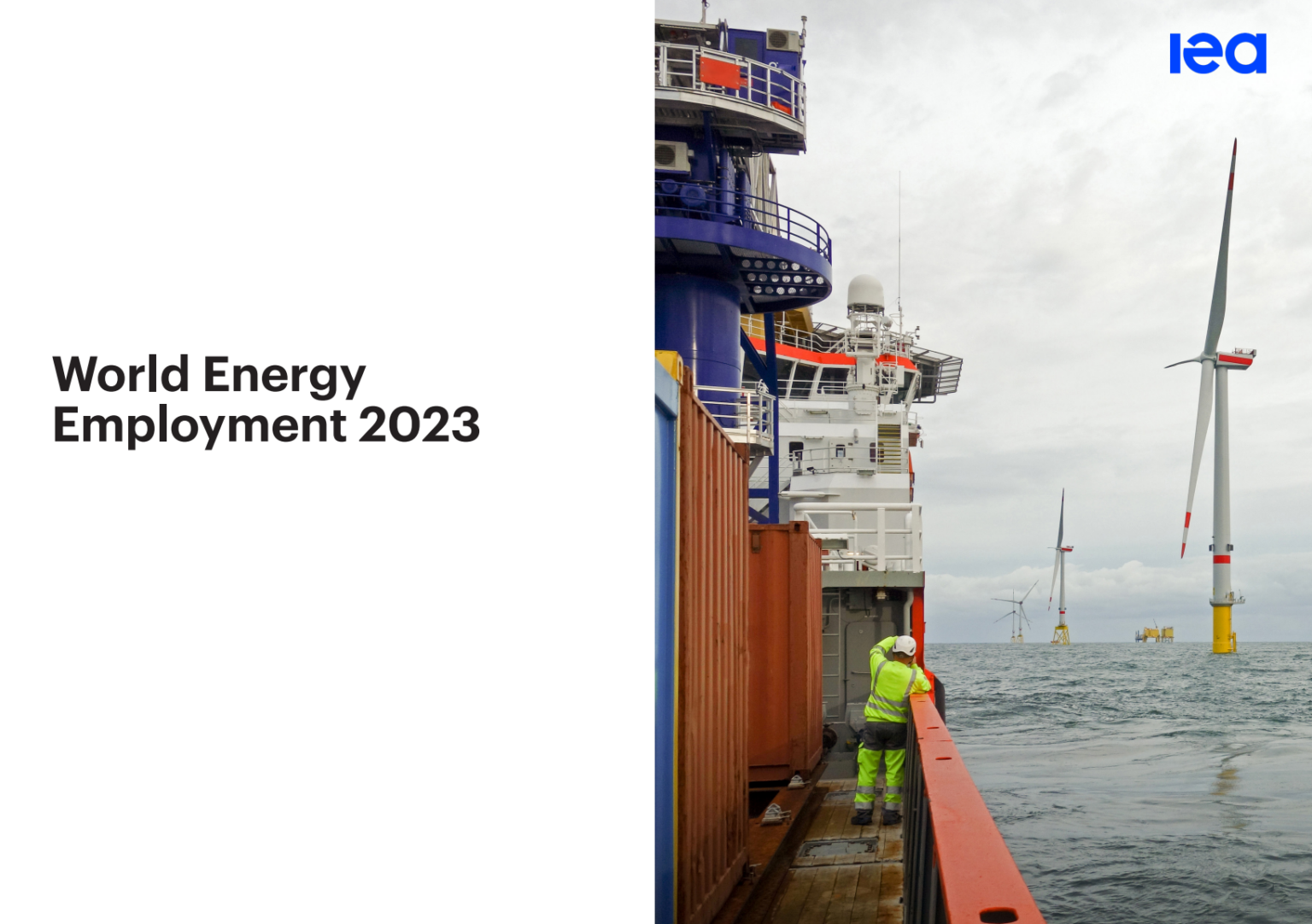
The second edition of the World Energy Employment (WEE) report tracks the evolutions of the energy workforce from before the pandemic, through the global energy crisis, to today. The report provides a comprehensive stock-take of energy employment with estimates of the size and distribution of the labour force across regions, sectors, and technologies. The dataset provides granularity on workers along the entire energy value chain, covering fossil fuel supply, bioenergy, nuclear, low-emissions hydrogen, power generation, transmission, distribution, and storage; and key energy related end uses, including vehicle manufacturing and energy efficiency for buildings and industry, among other segments. Additionally, WEE 2023 includes for the first time employment data for the extraction of selected critical minerals, including copper, cobalt, nickel and lithium.
This year’s report also benchmarks energy employment needs against an outlook to 2030 across IEA scenarios, outlining key policies that could help countries cultivate and maintain a skilled energy workforce throughout the energy transition.
WEE 2023 explores in depth the risks of skilled labour shortages and how this may influence the outlook for the industry and includes new analysis on skills, certifications, wages, and job postings. The findings signal that the ongoing shifts in energy employment will continue and can present both opportunities and risks. With the right enabling measures in place, policy makers, energy companies, labour representatives, educational and vocational training institutions, and other key stakeholders can work in concert to avoid labour transition risks while ensuring the transition to cleaner sources of energy remains people-centred.